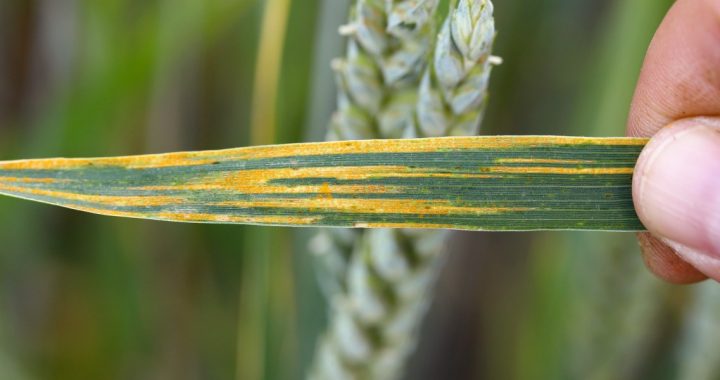These stunning images trace ships’ routes as they move

Using the US National Oceanic and Atmospheric Association’s Marine Cadastre tool, you can download 16 years of detailed daily ship movements, as well as “transit count” maps generated from a year’s worth of data showing each ship’s accumulated paths. The data is collected entirely from ground-based stations along the US coasts.
I downloaded all of 2023’s transit count maps and loaded them up in geographic information system software called QGIS to visualize this year of marine traffic.
The maps are abstract and electric. With landmasses removed, the ship traces resemble long-exposure photos of sparklers, high-energy particle collisions, or strands of fiber-optic wire.

DATA: NOAA; MAP: JON KEEGAN / BEAUTIFUL PUBLIC DATA

DATA: NOAA; MAP: JON KEEGAN / BEAUTIFUL PUBLIC DATA

DATA: NOAA; MAP: JON KEEGAN / BEAUTIFUL PUBLIC DATA

DATA: NOAA; MAP: JON KEEGAN / BEAUTIFUL PUBLIC DATA
Zooming in on these maps, you might see strange geometric patterns of perfect circles, or lines in a grid. Some of these are fishing grounds, others are scientific surveys mapping the seafloor, and others represent boats going to and from offshore oil rigs, especially off Louisiana’s gulf coast.
Hiding in plain sight
Having a global, near-real-time system for tracking the precise movements of all ships at sea sounds like a great innovation—unless you’re trying to keep your ships’ movements and cargoes secret.
#stunning #images #trace #ships #routes #move








